
RETURN to Periodic Table
Below: Electron Shell, Bonding & Ion Formation, Magnetic Properties
Titanium is the 22nd element on the periodic table. It has 22 protons and 26 neutrons for a mass of 48 amu, and 22 electrons.
Electron Shell 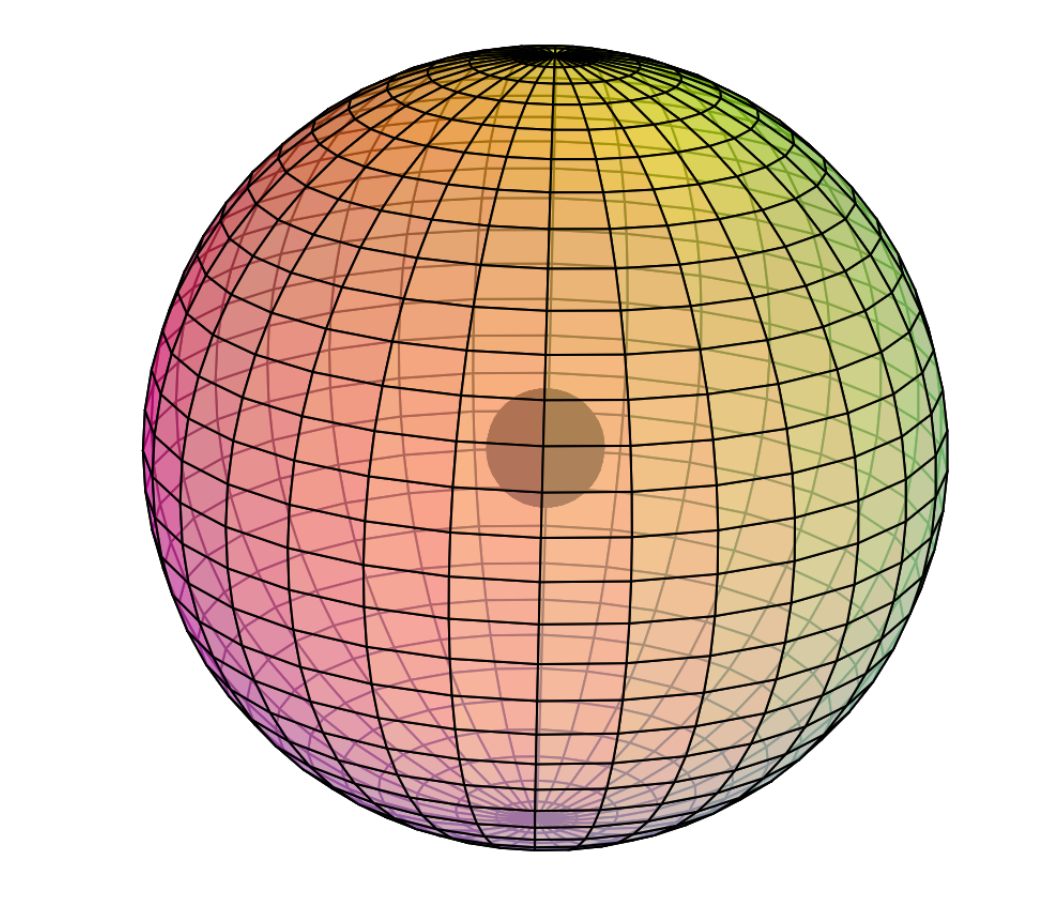
DISCLAIMER: The following reflects the sub-quantum mechanics approach to electron interactions and hybridization. Some details may therefore differ somewhat from traditional quantum chemistry:
Titanium is the second element to feature electrons in the d–orbital. Building upon the pd-hybridization we introduced in regard to scandium (Sc), it is proposed that titanium has a 3rd shell containing 3 di-electrons and 2 unpaired electrons in p3d2-hybridized, trigonal bipyramidal symmetry. [Ref] The three p-orbital di-electrons will occupy the equatorial positions for maximum distance, since di-electrons repel more strongly than single electrons, forcing the 2 unpaired electrons into the two axial positions. This pd-hybridization does not need to involve the 3s-orbital electrons, and they can return to their preferred spherical di-electron state, within which (or upon which) the hybrid orbitals will resonate like harmonics upon a fundamental.
In such a configuration, the 4 tetrahedral 2nd shell di-electrons will align themselves with one di-electron opposite one of the single axial electrons in the 3rd shell, allowing the remaining 2nd and 3rd shell di-electrons to orient their directions roughly between one another, in order to minimize repulsion between shells.
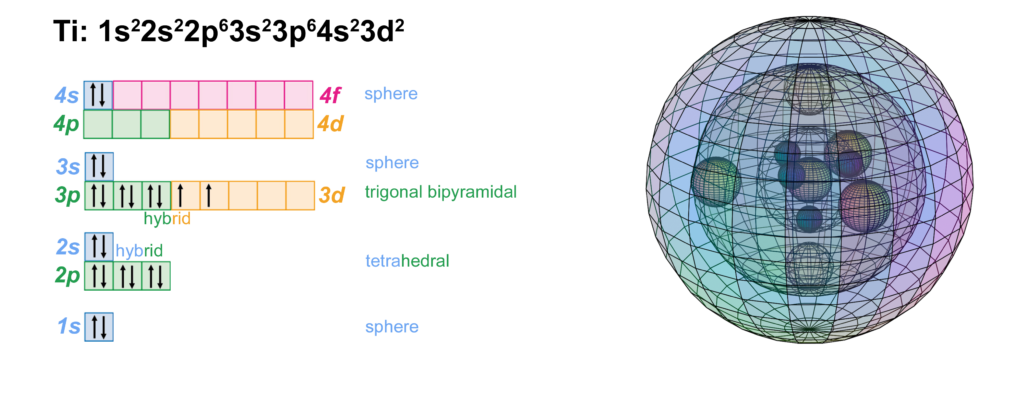
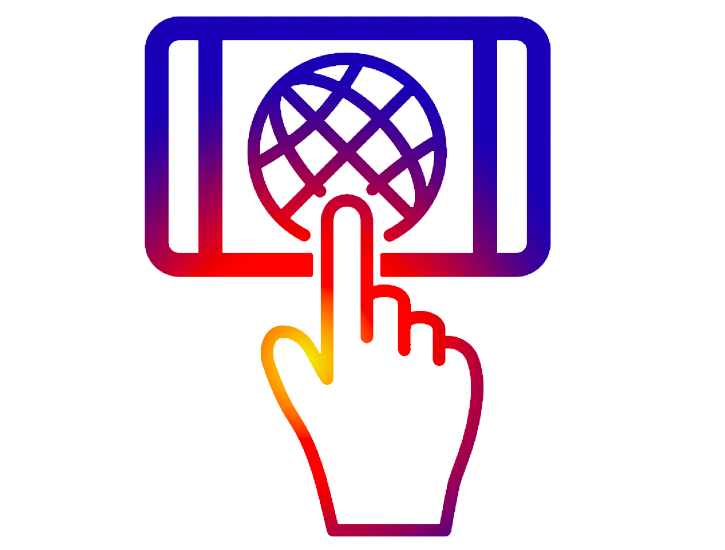 CLICK HERE to interact with this object
CLICK HERE to interact with this objectNOTE: The small spheres in the image above simply indicate the directions of maximum electron density. The 3rd shell hybrid orbitals themselves will assume a spherical trigonal bipyramidal structure that divides the shell into five roughly equal volumes, with 2-way and 3-way symmetries. Each shell segment will be filled with electron density. It will be highest at the center of the face of each orbital (as in the traditional hybrid orbital lobe shapes) and will decrease toward the nodal regions between orbitals — as wave structures usually do — where electron density will be lowest (though not zero).
NOTE ALSO: Even though it is often useful to talk about these orbitals as separate, they are all — the entire atom is — part of a single, coherent, harmonic, resonant, phase-locked, spherically-symmetrical quantum wave state, and it is all electromagnetic at the root-energy level. Orbitals and their ‘boundaries’ can be seen as nothing more than nodes and antinodes in this harmonic wave structure.
As in the case of scandium, titanium’s 3rd shell p3d2-hybrid orbitals exist within the added sheath of the 3s2-orbital di-electron, since it is not needed for hybridization. They are superimposed within it as a harmonic frequency coincides with its fundamental frequency in a resonance. It is proposed that the 3s2 di-electron gives additional stability to the electron configuration within it, even though it contains 2 unpaired electrons. The remaining elements in the d-block will also experience this 3s-orbital stabilization phenomenon, since they also achieve at least 4-directional symmetry with only their p– and d-orbitals.
Bonding & Ion Formation 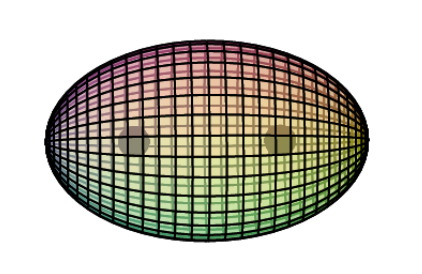
The 4s2-orbital di-electron shell completes the atom. When forming a metallic crystal, the 4s2 electrons delocalize to form the metallic bond, and when forming a 2+ ion, they are removed. In both cases, the core electron geometry remains the same. (A third ionization, however, would either shift the 2 remaining di-electrons into the axial positions — if one of the di-electrons is ionized — or if it loses an unpaired electron, it will change to the geometry of the previous element, scandium.)
(In a few cases, such as chromium (Cr) and copper (Cu), the 4s-orbital outer shell contains only 1 electron, since the other joins the 3rd shell hybridization within in order to help it achieve 8-directional symmetry.)
Magnetic Properties 
Titanium has two unpaired electrons. In all elements prior to the d-block, unpaired electrons have occurred in the outer (valence) shell of the atom. Those are the electrons involved in chemical reactions. Titanium is the second case of an atom with unpaired core electrons. They are protected from reacting (at least, until titanium becomes a Ti2+ ion), and they are stabilized by the 3s di-electron ‘fundamental.’ We propose that it is this protection and stabilization of unpaired core electrons that allows them to interact magnetically, and that consequently determines an element’s magnetic properties.
UNPAIRED CORE ELECTRONS:
While these electrons may technically be called core electrons, for the purposes of this discussion, we recognize that in a metal, if we exclude the valence “conduction” electrons, the pd-hybrid orbital electrons do become ‘valence electrons’ in a sense. Not in the sense that they can participate in chemical reactions, but in the sense that they are now in the outermost shell of the atomic cores, which are suspended in the conduction electron matrix — the 3D electron gas — of the solid metal crystal.
PARAMAGNETISM:
In the presence of an external magnetic field, an unpaired core electron will orient its spin to align with the magnetic field. This will cause the atom to be drawn into and toward that field — via magnetic field cancellation — giving it a positive magnetic susceptibility (χm) value. This attractive force is called paramagnetism, and its effects only last as long as the external magnetic field is present. We might therefore presume that, the stronger the paramagnetism, the more ‘unpaired electron character’ is present. Surprisingly, this does not seem to go according the number of unpaired electrons present, as the diagram below illustrates. There must therefore be other contributing factors, which we will investigate below.
Titanium is the least paramagnetic metal of the 3d row — excluding the diamagnetic copper and zinc — even though it has twice as many unpaired electrons as scandium, which is the second most paramagnetic.
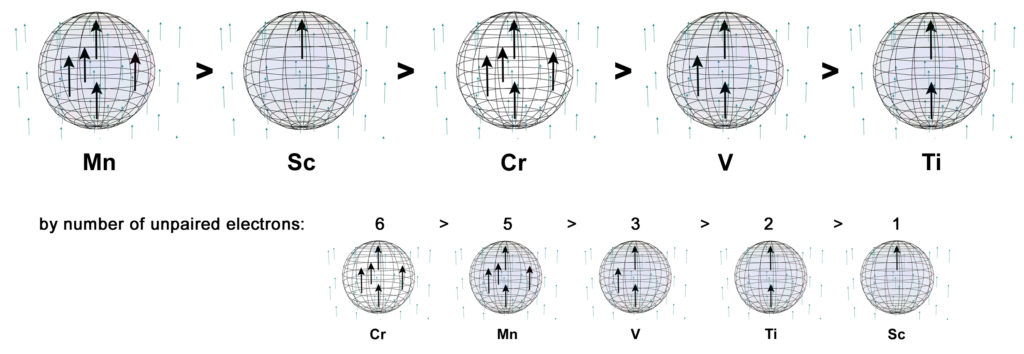
As described above, it is proposed that titanium has two unpaired electrons arranged linearly and axially in its trigonal bipyramidal electron structure. The images below are intended to represent the orientation of these 2 electrons in an external (or adjacent atom’s) magnetic field (whose north pole is pointing upwards). (The purple arrows inside the atom represent the unpaired electrons and the black dots represent the relative positions of the 3 di-electrons in that shell.)

 CLICK HERE to interact with this object
CLICK HERE to interact with this objectWhile titanium has two unpaired electrons — twice as many as scandium — it has a much lower magnetic susceptibility value of only χm = +151, about half of scandium’s value (of χm = +295). It is here proposed that this is due to the linear spin bonding and magnetic field cancellation that occurs between the two unpaired core electrons, as a result of their linear geometry.
When two unpaired, same-spin electrons align linearly, their magnetic fields are aligned in such a way that allows field cancellation to occur between them through destructive interference. In ‘spin-space,’ overall spin is reduced through ‘linear spin bonding‘ (LSB). It is proposed that this reduces what we refer to as the effective magnetic electron (EME) signature with respect to an external magnetic field, and thus, will manifest as a weaker magnetic susceptibility for the atom.
If we consider scandium’s single unpaired electron to have an EME ≈ 1e– (with χm = +295), then titanium’s 2 linear spin bonding electrons (with χm = +151) would have an EME ≈ 0.51e–. That equates to about 0.25e– of electron signature contributed per electron.
PARAMAGNETIC STRENGTH ANALYSIS:
The following diagram shows the relative paramagnetic strengths of the transition metals, along with their proposed hybrid orbital geometries. (See paramagnetic strength trend analysis for more detail.)
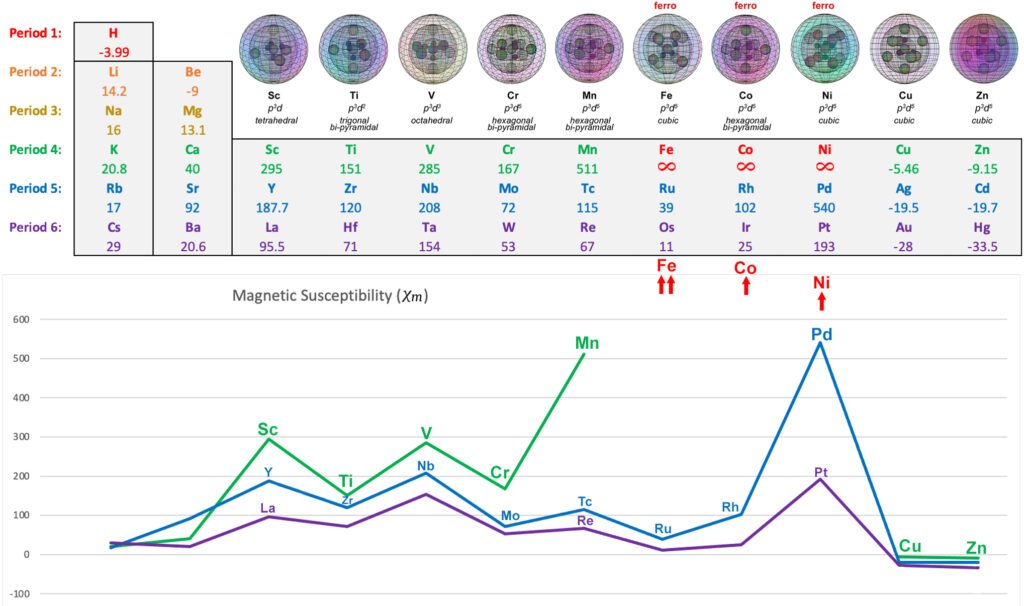
OTHER PARAMAGNETIC 3d METALS: Scandium, Titanium, Vanadium, Chromium (also antiferromagnetic), Manganese
FERROMAGNETIC 3d METALS: Iron, Cobalt, Nickel
DIAMAGNETIC 3d METALS: Copper, Zinc
RETURN to the Periodic Table
